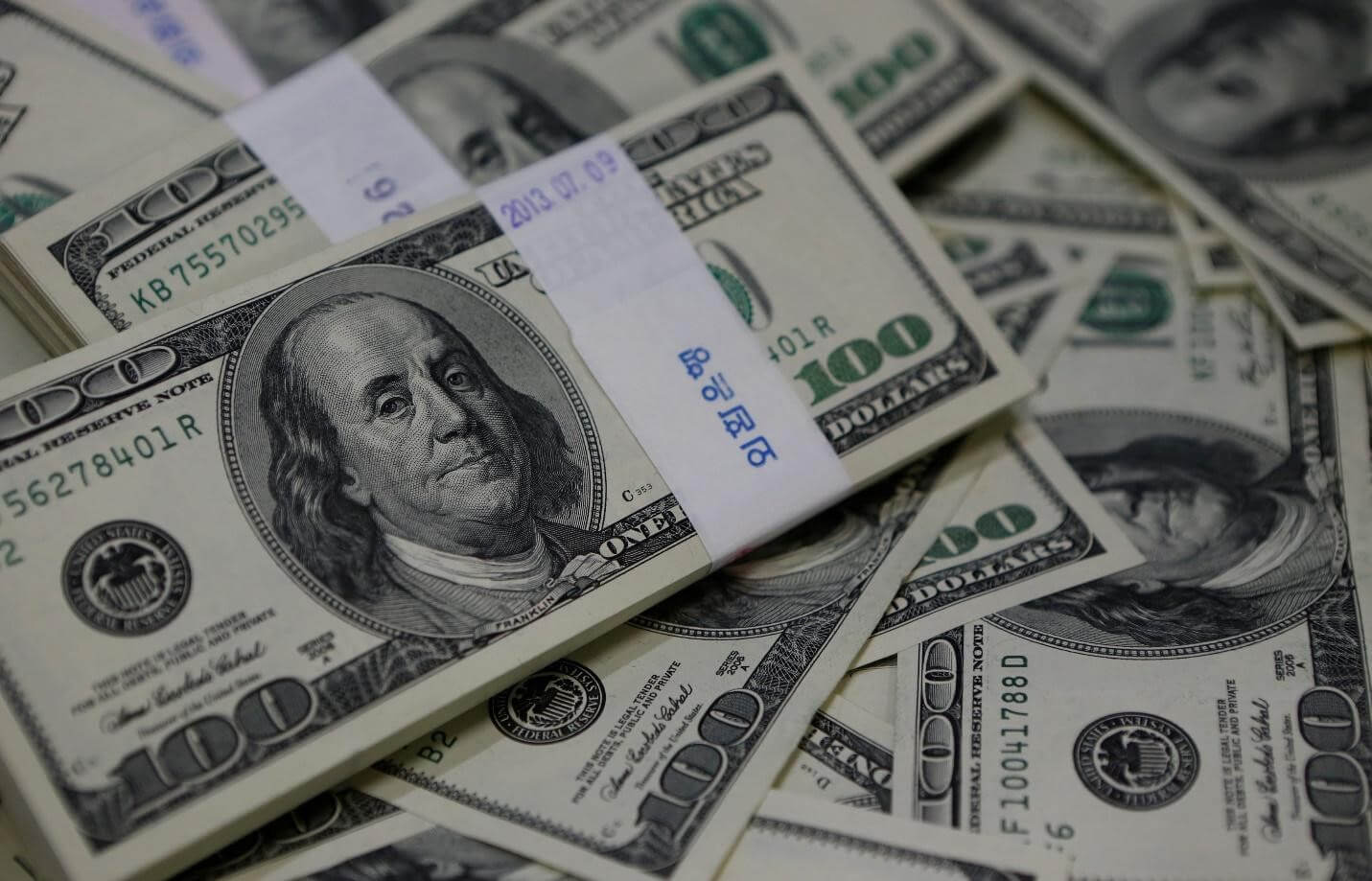
Producer Price Index In The United States Declines
Producers in the United States are the latest victims of what appears to be an economy on the decline. Producer prices in September fell to the lowest they have been in eight months. Moreover, this is contributing to the smallest annual growth in about three years.
A Big Argument For Rate Cuts
The latest data by the Labor Department is now contributing to the expectation that the Federal Reserve will cut rates further. In July of this year, the Fed reduced the cost of borrowing for the first time since 2008. It then followed this with a significant quarter basis point cut on the interest rates. All these are to support the longest economic expansion that has been on track for 11 years.
Decreases in the cost of goods and services in September contributed to the decline in producer price index by 0.3%. Experts have not witnessed such a vast decline since January this year. Moreover, this decline comes on the backdrop of a 0.1% gain registered in August this year.
Reuters previously polled some economists who predicted that the PPI would increase 0.1% in September. They further suggested that this would see the year-on-year PP1 advance with a 1.8% increase. However, in the one year leading up to September this year, the PPI online climbed 1.4%. This increase is the smallest since November 2016.
A Dodgy PPI
In September, the core PPI made a 1.7% increase dating back one year after it had a 1.9% climb in August. Producer prices for many of the other sectors remained unchanged in September after a 0.4% jump in August.
More economists re becoming convinced that the Fed will cut rates further in its meeting this October. The institution is chasing a 2% annual inflation target. A core instrument that it uses to influence monetary decisions, however, increased. The Personal Consumer Expenditures price index rose 1.8% in August on its year-on-year target. This however still undershoots its goal for the year.
50-year low unemployment rate
This week, the Labor Department also reported that unemployment dropped to 3.5%. This is the lowest it has been in half a century. While it is enough cause for optimism, a closer look at the numbers presents some ugly truth. In September, hiring was significantly low compared to August and July. In the private services industry, growth was the lowest it has been in three years. Unlike other months, the announcement by the Labor Department did not affect the financial markets.
Wholesale energy prices also saw a decline this September after slumping 2.5%, which is at par with the decline witnessed in August. Gasoline continued its decline in September after it declined 7.2%, this is a 0.6% further decline compared to August’s 6.6%.
The cost of services registered a 0.2% decline, a 2.7% decrease in the wholesaling of vehicle and machinery is the leading cause for this. The prices of wholesale foods saw a 0.3% rebound in September contributed to by a 26.8% surge in chicken egg prices. For investors, the price they pay to portfolio managers remained unchanged after a 0.5% increase in August.




